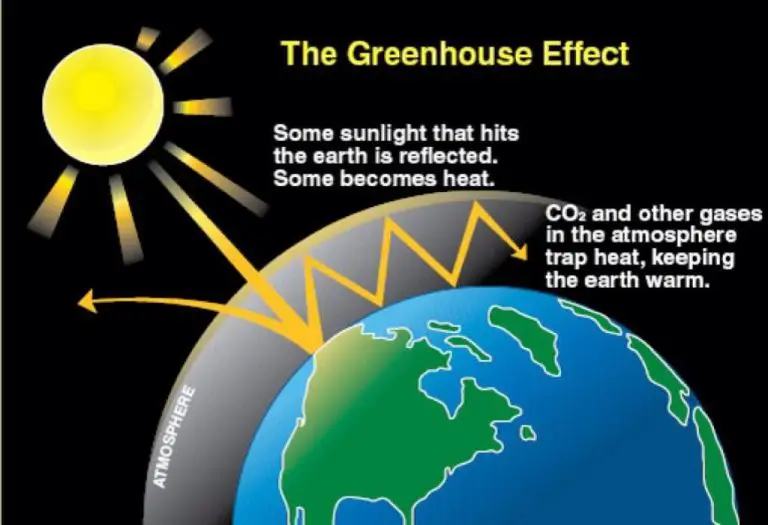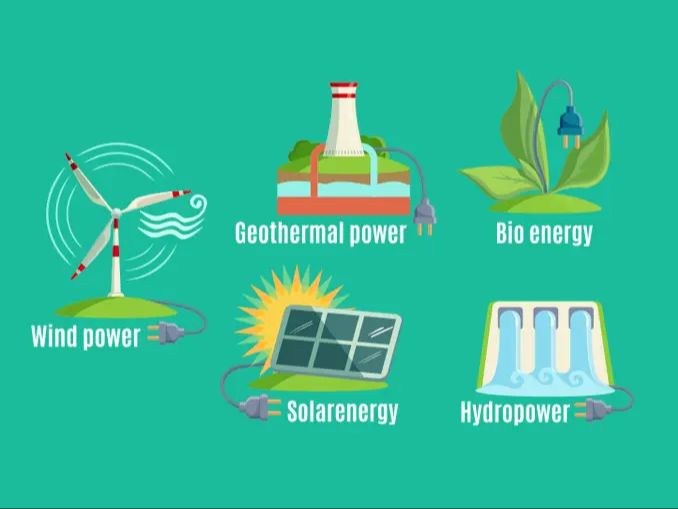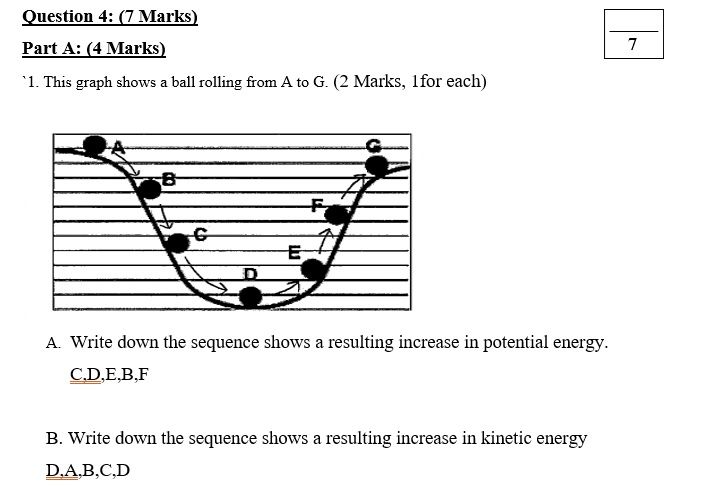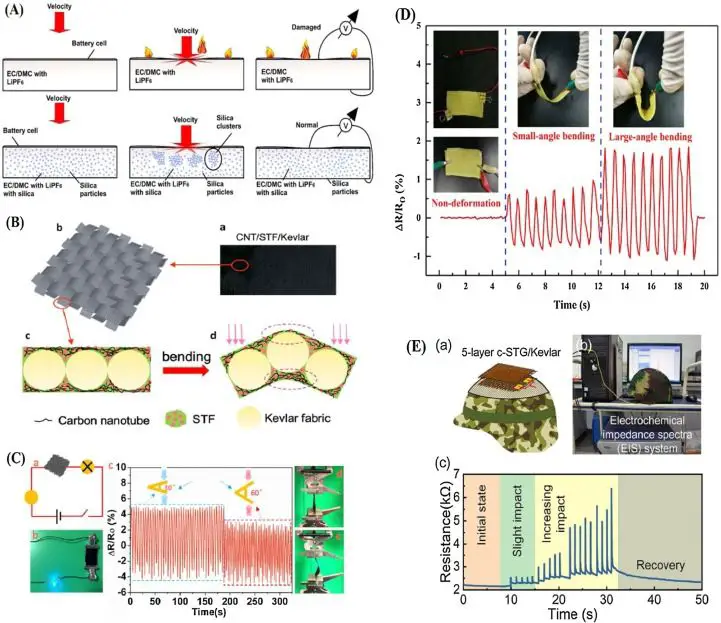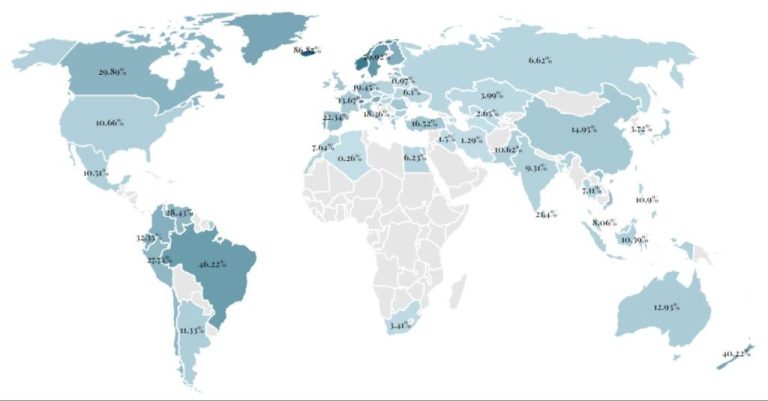How Do You Calculate Electrical Energy In Joules?
Electrical energy is the energy carried by an electric current. It is an extremely useful and versatile form of energy that powers many devices and appliances in homes, buildings, and industries. The standard unit for measuring electrical energy is the joule. Understanding how to calculate electrical energy in joules is important for measuring energy usage, designing electrical systems, and billing purposes.
When electrical current flows through a device, it transfers energy to that device in the form of work, heat, light, motion, etc. The amount of electrical energy transferred is directly related to the power rating of the device and the duration for which the current flows through it. Accurately calculating this energy usage helps optimize electricity costs and improve efficiency. This article provides a step-by-step explanation of how to calculate electrical energy in joules using the power-time relationship.
What is Electrical Energy?
Electrical energy is energy derived from electric potential energy or kinetic energy. It is the energy that is transferred through the movement of electrically charged particles. Some key points about electrical energy:
- Electrical energy is a form of energy that comes from the flow of electric charge. It is generated by the movement of electrons through a conductor.
- The most common units used to measure electrical energy are the joule (J) and the kilowatt-hour (kWh). The joule is the SI unit, while the kilowatt-hour is commonly used for billing purposes.
- Electrical energy can be produced from a variety of sources including batteries, generators, solar panels, wind turbines, hydroelectric dams, and more.
- Electrical energy is very versatile and can be used for many applications such as powering lights, appliances, machinery, and electronics.
- Examples of electrical energy in everyday use include the energy that powers a lamp when you turn on a light switch, the energy that runs your refrigerator to keep food cold, and the energy that allows you to charge your phone.
What are Joules?
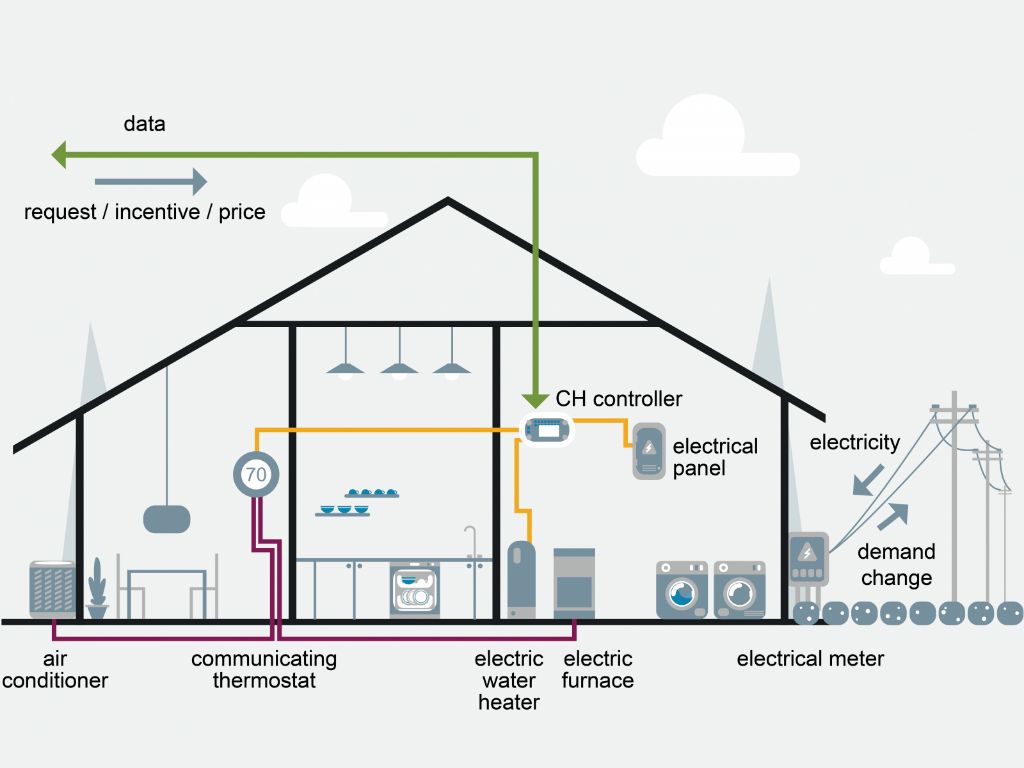
Joules are the unit for measuring energy. The joule is the International System of Units (SI) unit of work, energy, and quantity of heat. It is defined as the work done, or energy transferred, when a force of one newton moves an object one meter in the direction of the force.
One joule is equal to the energy exerted by one newton for one meter. It is also equivalent to one watt of power radiated or dissipated for one second. The joule represents the energy required to produce one watt of power for one second.
The joule is commonly used to measure electrical energy. Other common energy units like kilowatt-hours or calories can be converted to joules. For example, one kilowatt-hour is equal to 3,600,000 joules. Joules allow us to make easy calculations and comparisons between different forms of energy.
Power and Energy Relationship
Power and energy are closely related electrical concepts. Power is the rate at which energy is transferred or consumed. It is measured in watts (W). Energy is the capacity to do work. It is measured in joules (J).
The relationship between power and energy can be described by the following formula:
Energy (J) = Power (W) x Time (s)
So if a 100W light bulb is left on for 10 seconds, the energy consumed is:
Energy = Power x Time
Energy = 100W x 10s
Energy = 1000J
This shows that power multiplied by time gives energy. The longer a certain power is applied, the greater the total energy that is consumed.
Calculating Electrical Energy
The formula for calculating electrical energy in joules is:
E = P x t
Where:
- E is the electrical energy in joules (J)
- P is the power in watts (W)
- t is the time in seconds (s)
To calculate electrical energy, you need to know the power (rate of energy transfer) and the amount of time that the power is being transferred for.
Power is measured in watts and represents the rate at which electrical energy is being consumed or produced. Time is measured in seconds. When you multiply power by time, you get energy, which is measured in joules.
So in plain terms, if you know how fast energy is being transferred (power) and how long it is being transferred for (time), you can calculate the total amount of electrical energy transferred or consumed, measured in joules.
Worked Example
To clearly show how to calculate electrical energy in joules, let’s go through a step-by-step worked example:
Let’s say we have a 100 watt light bulb that is left on for 5 hours. What is the electrical energy used by the bulb in joules?
Step 1: Identify the power rating of the device. In this case, it’s a 100 watt light bulb.
Step 2: Identify the time the device was used. Here, the light bulb was left on for 5 hours.
Step 3: Convert the time into seconds. 5 hours is equal to 5 * 60 * 60 = 18,000 seconds.
Step 4: Use the power-time formula: Energy (Joules) = Power (Watts) x Time (Seconds)
Step 5: Plug in the numbers: Energy = 100 W x 18,000 s = 1,800,000 Joules
Therefore, the total electrical energy used by the 100 watt light bulb left on for 5 hours is 1,800,000 Joules.
Applications
Calculating electrical energy in joules has many practical applications in the real world. Here are some examples:
Electricity Bills
Utility companies calculate your home or business electricity usage in kilowatt-hours (kWh) per billing cycle. They then convert this to joules to determine the total electrical energy used. This allows them to properly bill you for the amount of energy consumed.
Device Power Consumption
Manufacturers will often specify how much power (watts) a device consumes. By converting watts to joules per second, you can calculate the total electrical energy usage over time. This helps estimate the operating costs of running the device.
Battery Capacity
Batteries are rated based on capacity in amp-hours or milliamp-hours. Knowing the battery voltage, you can convert this to joules to determine the total electrical energy able to be stored. This helps determine how long a battery can power a given device before needing recharged.
In each of these examples, converting power measurements to joules provides a standardized way to quantify electrical energy usage, capacity, and cost.
Common Mistakes
Calculating electrical energy in joules often leads to some common mistakes. Here are some of the most frequent errors and how to avoid them:
-
Forgetting units – Always include units like volt, ampere, seconds, etc. Omitting units can lead to errors.
-
Mixing up power and energy – Power is not the same as energy. Make sure you use the right variables in the energy calculation.
-
Using the wrong formula – There are different formulas for calculating energy. Double check you are using the correct one based on the information provided.
-
Incorrect time value – Use the total time over which energy is consumed, not a partial time. This is often mistaken.
-
Calculation errors – Take care when plugging values into the formula and calculating. Double check your math.
Being aware of these common mistakes will help you accurately calculate electrical energy in joules and avoid erroneous results.
Summary
To recap, calculating electrical energy in joules involves a few key steps:
- Determine the power (watts) of the electrical device or system using measurements of current (amps) and voltage (volts). Power (P) = Current (I) x Voltage (V)
- Determine the amount of time (seconds) the device or system was operating and consuming power.
- Use the power (watts) and time (seconds) values in the electrical energy formula: Energy (Joules) = Power (Watts) x Time (Seconds)
This basic formula allows you to take power measurements and time durations and calculate the total electrical energy used or produced in joules. Understanding these fundamental relationships between power, time, and energy is crucial for any electrical calculations.
Additional Resources
Here are some additional resources to learn more about calculating electrical energy in joules:
- Khan Academy: What are Joules?
- All About Circuits: Electric Power
- YouTube: Calculating Electrical Energy – video tutorial
- APS Physics: A Brief History of the Joule
- LiveScience: What is a Joule?
These resources provide more details on energy, power, joules, and how to calculate electrical energy correctly. They can help reinforce the concepts covered in this article.

